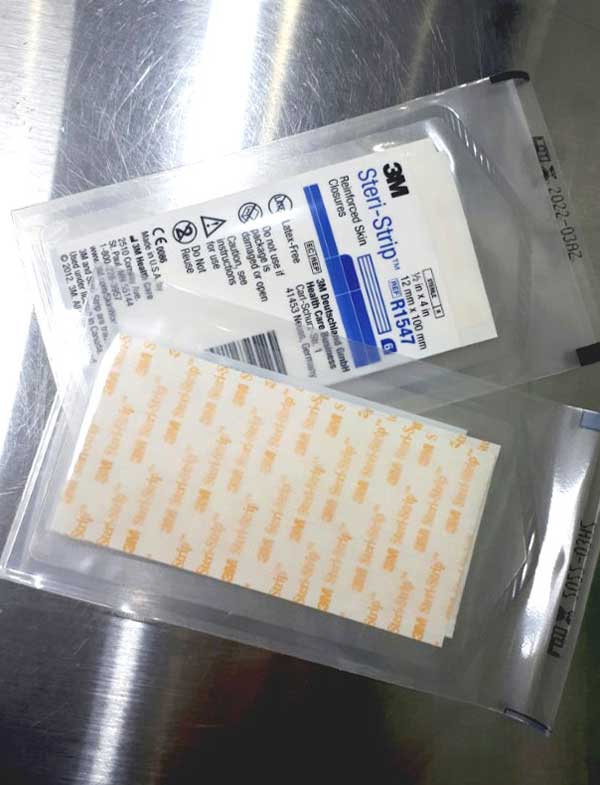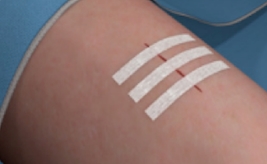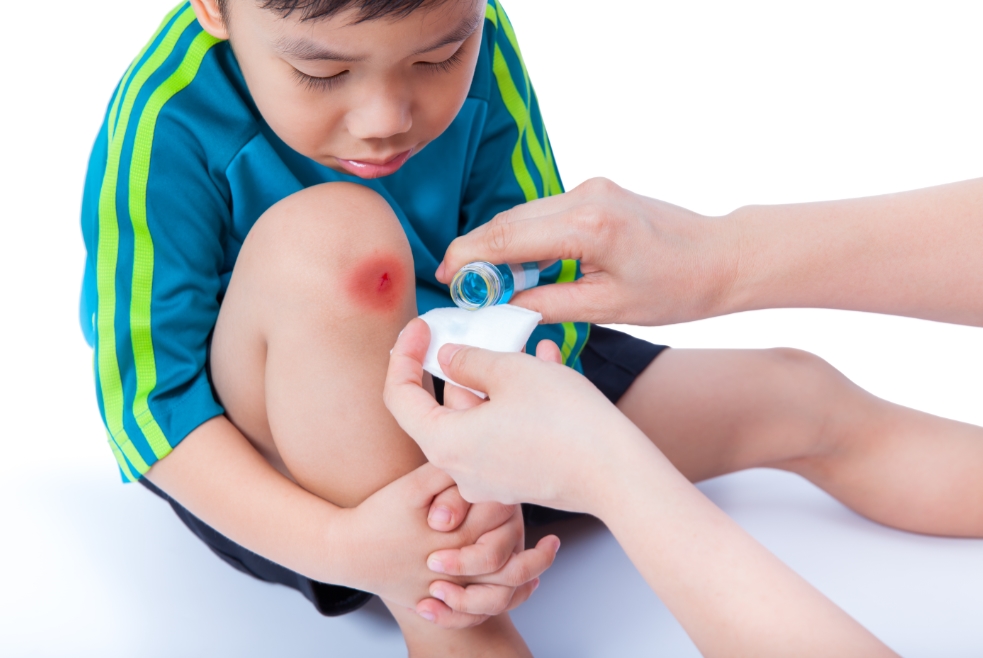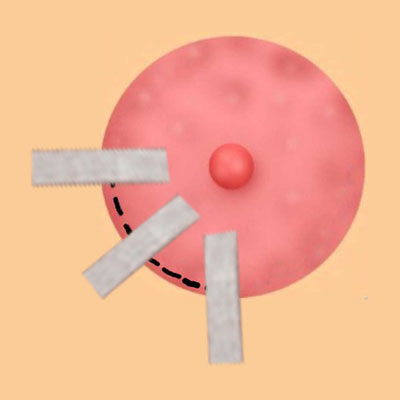How Can Steri-Strip Help Minimize Surgical Scars?
Steri-Strips are medical-grade adhesive strips that can significantly reduce the appearance of surgical scars. They are commonly used after minor surgeries or skin incisions to support wound healing and improve scar outcomes. At Evita Clinic, we frequently use Steri-Strips as part of our post-operative scar management protocol.

What Is a Steri-Strip?
A Steri-Strip is a sterile, adhesive wound closure strip made of breathable, porous material. It is hypoallergenic, flexible, and designed to hold the skin edges together without causing irritation. Unlike stitches or staples, Steri-Strips offer a gentle, non-invasive option to support healing.
How Steri-Strips Help Reduce Scarring
Steri-Strips work by minimizing skin tension along the incision line. When applied properly, they hold the wound edges tightly together, reducing the likelihood of the scar spreading or becoming hypertrophic.
Key Benefits:
- Maintains skin alignment during healing
- Provides mild compression to reduce inflammation
- Prevents the scar from widening
- Decreases the risk of hypertrophic and keloid scar formation
By stabilizing the wound and lowering tension, Steri-Strips promote a thinner, flatter, and less noticeable scar.
How to Apply Steri-Strips Correctly
- Clean the Area: Disinfect the incision with an antiseptic like Betadine.
- Dry the Skin: Ensure the area is completely dry before application.
- Apply the Strip: Gently approximate the skin edges and apply the strip perpendicular to the incision line.
- Smooth the Edges: Firmly press down the strip edges to ensure proper adhesion.
Tip: Do not stretch the Steri-Strip when applying. Replace every 3 to 5 days or if it gets dirty or wet.

Recommended Duration of Use
For optimal results, continue using Steri-Strips for at least 4 weeks after suture removal. In some cases, especially for high-tension areas or patients prone to scarring, extended use up to 3 to 6 months may be beneficial.

Who Can Benefit from Steri-Strips?
Steri-Strips are ideal for:
- Post-liposuction incisions
- Gynecomastia surgery scars
- Breast surgery recovery
- Tummy tuck or body contouring procedures
- Children or patients with sensitive skin
They can also serve as an alternative to stitches for small, clean cuts.
Combine with Other Scar Treatments
Steri-Strips can be part of a comprehensive scar management plan. After the initial healing period, we often recommend combining them with:
- Silicone gel or silicone sheets
- Scar care ointments
- Laser therapy for pigmentation or texture

Common Questions (FAQ)

Q: How long should I use Steri-Strips?
A: At least 4 weeks. For some patients, up to 3 months is ideal.
Q: Can I shower with Steri-Strips?
A: Yes. They are water-resistant, but avoid soaking. Pat dry gently.
Q: Do I need to change them every day?
A: No. As long as the strips remain clean and dry, you can keep them on for 4 to 5 days before replacing.
Q: Are there any side effects?
A: Rarely. Some may experience mild itching or adhesive sensitivity.
